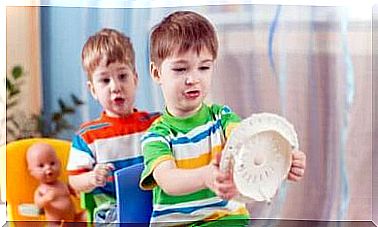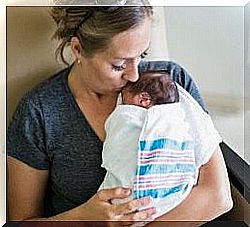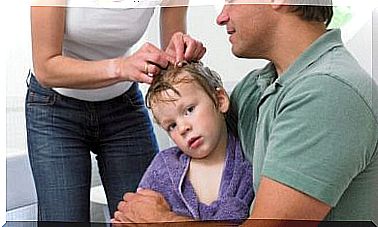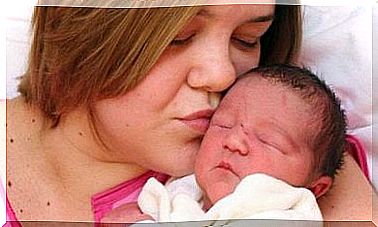The Connecting Corner
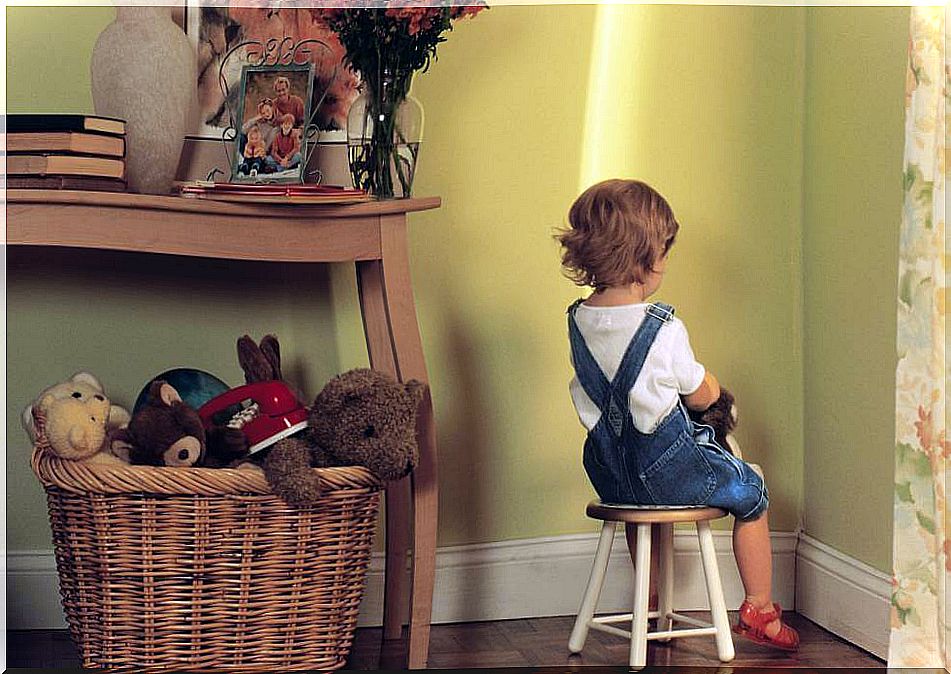
Of course, sending a child into a corner or “naughty chair” is not a new idea. Prior to the popular reality show, the technique was used strictly as a punishment. The original idea was that the child should feel bad about what they did wrong. This is different with the connecting corner.
Obviously, a child who is only a year or two old won’t think about it any further. If you send a young child to a “quiet corner”, they will only understand that they did something wrong and that their parents don’t want them around. Of course, this is not the result that the parents actually had in mind.
The child may even conclude that the parents do not love them because they did something wrong. Point. When we use isolation as a form of punishment, we are sending a message of conditional love. I love you when you are good . When children receive this message, they begin to develop feelings of insecurity.
It is important to remember that children are still learning to control their actions. This is especially true for young children.
When you punish them for this, you often punish them for something they cannot control. That leads to frustration. Instead of focusing on the behavior, your child will focus their attention on your reaction.
If the “quiet corner” works, it’s because your child craves your love and approval more than anything. And of course, because your child has some degree of control over their actions. If not, this reflection area will not work at all.
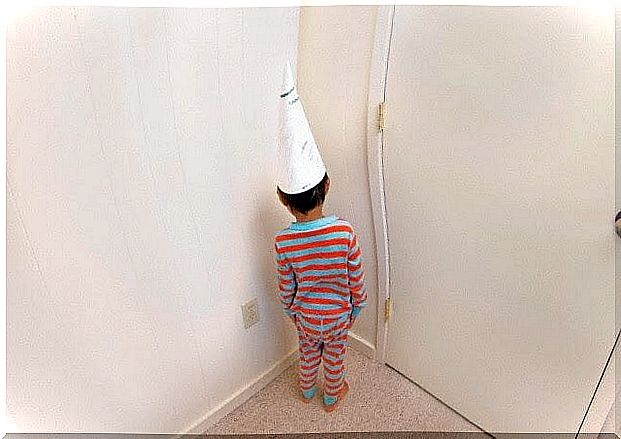
But are you really comfortable using your love as a prize? Do you really want your child to think that they have to earn your love? Shouldn’t it know that it is only loved for the fact that it was born?
Of course, we want our children to see beyond any doubt that our love is permanent, stable, eternal, and indestructible. This is the kind of love that makes a healthy parent-child relationship.
There is another option that allows the child to regain control, reflect on their behavior, and look for alternatives. And all of this is based on the unconditional love of their parents.
The connecting corner
The connecting corner is based on recognizing when a child needs to regain control and get out of the situation they are in. Of course, the “Quiet Corner” has the same intention. It differs from the connecting corner, however, in that your child reflects while accompanied by a parent or other trusted adult.
The connecting corner is somewhat similar to the peace table, a popular tool of the Montessori philosophy. However, the peace table is a place that the child visits voluntarily. In addition, the child can decide whether they want to be accompanied or not.
In the case of the connecting corner, however, the adult usually determines the need and always accompanies the child.
Another difference is that the peace table is usually a physical room – according to the name, like a table. It can also be a box or a bench located in a quiet place in the house. However, the “connecting corner” does not refer to a specific location.
The name suggests that it is a concept that is opposed to the silent corner. But the idea of the connecting corner has nothing to do with any actual physical location.
The connecting corner can be a park bench, bed, backyard, or any other location you find appropriate. The connecting corner can be any place you and your child can do an activity together that will help you calm down.
What types of activities can be done in the connecting corner?
Whatever you can think of, as long as it’s an activity that helps your child regain control of themselves, it makes sense.
For example: tell your child stories, paint, tear paper into small pieces, jump, scream, run fast, breathe deeply, look at the leaves on the trees, feel the bellies rise and fall when you breathe, hear the heartbeat, water drink, eat something, etc.
As you can see, there are many options.
Once your child has calmed down and you notice that they have regained control of themselves, you can talk to your child about what happened. Make it your business to use neutral language without accusing or harassing it.
You can talk about how your child might react differently in the future. You can also try giving your child suggestions on how to fix what they did (if possible).
Why is this option better than the reflection corner?
Mainly because it is not based on isolating or separating the child from the adults they trust. Second, because it provides tools to help your child control their emotions and think about their behavior. And it does all of this while being protected and empowered by mom, dad, or any other close and trusted adult.
